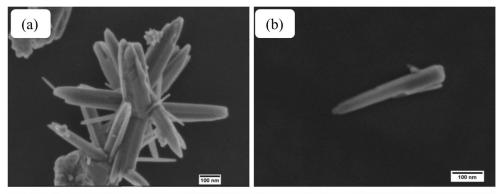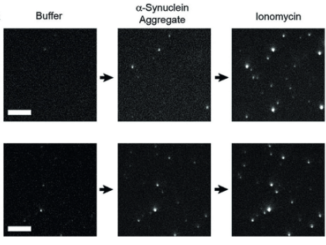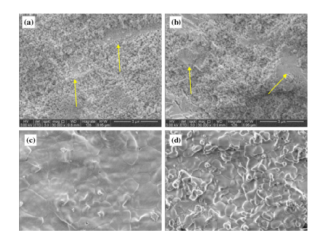
ZnO Nanoparticles with Different Sizes and Morphologies for Medical Implant Coatings: Synthesis and Cytotoxicity
Abstract: Zinc oxide (ZnO) has been used in a large range of technological applications, from light-emitting diodes (LEDs) and solar cells to cancer diagnosis and treatment agents. In the last decades, however, a novel antimicrobial property for ZnO particles has been explored, making this oxide an interesting material to be incorporated or deposited on biomaterials, for example in coatings over metallic implants. In this scenario, ZnO physico-chemical properties, mainly particles’ size and morphology, will play fundamental role on its performance. Thus, in this work, two different procedures of a chemical synthesis route named sonochemistry were used to achieve different morphologies/sizes of ZnO. Then, the obtained particles were used to evaluate possible cytotoxic effects against MC3T3-E1 mouse pre-osteoblasts (bone cells). The obtained results indicated that the sonochemical route is an effective way to produce different ZnO morphologies and the way in which these particles interact with osteoblasts (directly or indirectly) may completely influence their cytotoxicity.
Author(s): Costa, BC (Costa, B. C.)[ 1,2 ] ; Rodrigues, EA (Rodrigues, E. A.)[ 3 ] ; Tokuhara, CK; Oliveira, RC; Lisboa, PN; Rocha, LA
BIONANOSCIENCE
Volume: 8 Pages: 587-595 Published: JUN 2018
DOI: 10.1007/s12668-018-0514-7




